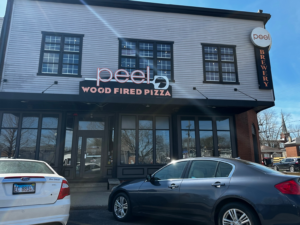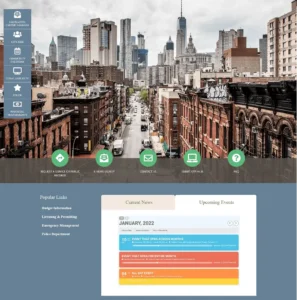[ad_1]
Located in St. Clair County, Illinois, O’Fallon is a vibrant city that boasts a rich history and culture. From its early days as a French settlement to its bustling modern-day streets, O’Fallon has a fascinating history that is ripe for exploration.
The city’s history dates back to 1782 when French pioneer Nicholas Jarrot established a trading post in the area. The post, located near the present-day intersection of U.S. Route 50 and Illinois Route 158, served as a crucial link between St. Louis and the Illinois Territory. The post was later home to a small settlement known as Jarrot’s Station.
After the American Revolution, the region was the site of several boundary disputes between the United States and Spain. The disputes were eventually resolved by the Treaty of San Lorenzo, which established the boundaries between the two countries and opened up the region to increased settlement.
In the early 19th century, O’Fallon began to develop as a railroad town when the Illinois Central Railroad built a line through the area in 1854. The railroad brought new businesses and industries to the area, and O’Fallon became a hub for agriculture and manufacturing.
Today, O’Fallon is a thriving city with a vibrant culture that celebrates its rich history. The city is home to a variety of cultural institutions and events, including the O’Fallon Historical Society, the O’Fallon Community Orchestra, and the Fall Fest Arts and Crafts Fair.
One of the city’s most significant attractions is the O’Fallon Veterans’ Monument. The monument, which honors the sacrifices of veterans from all branches of the military, features a 90-foot flagpole and a granite monument with inscriptions honoring veterans from the Revolutionary War to the present day.
For those interested in exploring the city’s history, the O’Fallon Historical Society and Museum is a must-visit. The museum is home to a collection of artifacts and photographs that tell the story of O’Fallon’s past, including its early French settlers, the growth of the railroad, and the city’s contributions to World War II.
Another historic landmark is the Christ Church Episcopal, which was built in the 1850s and served as a stop on the Underground Railroad. The church was a meeting place for abolitionists, and its basement was used as a hiding place for escaped slaves.
In conclusion, O’Fallon, IL, is a city with a rich and fascinating history that is on display in its many cultural institutions and landmarks. From its early days as a French settlement to its emergence as a railroad hub, the city has played an important role in the region’s history. Today, O’Fallon continues to be a vibrant community that celebrates its past while looking towards the future.
[ad_2]







